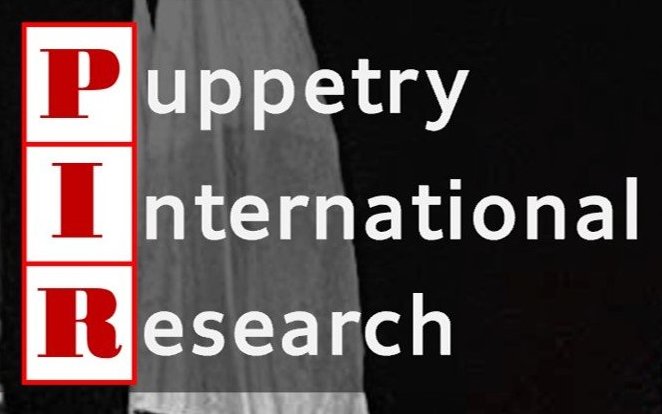A Warm Welcome in South Korea!! - Congress report from Councilor Claudia Orenstein
/At a historical moment framed by international conflicts, it was heartening to know that puppetry continues to be an artistic field of generosity in which people work with goodwill towards mutual understanding and collaboration.
Read More



